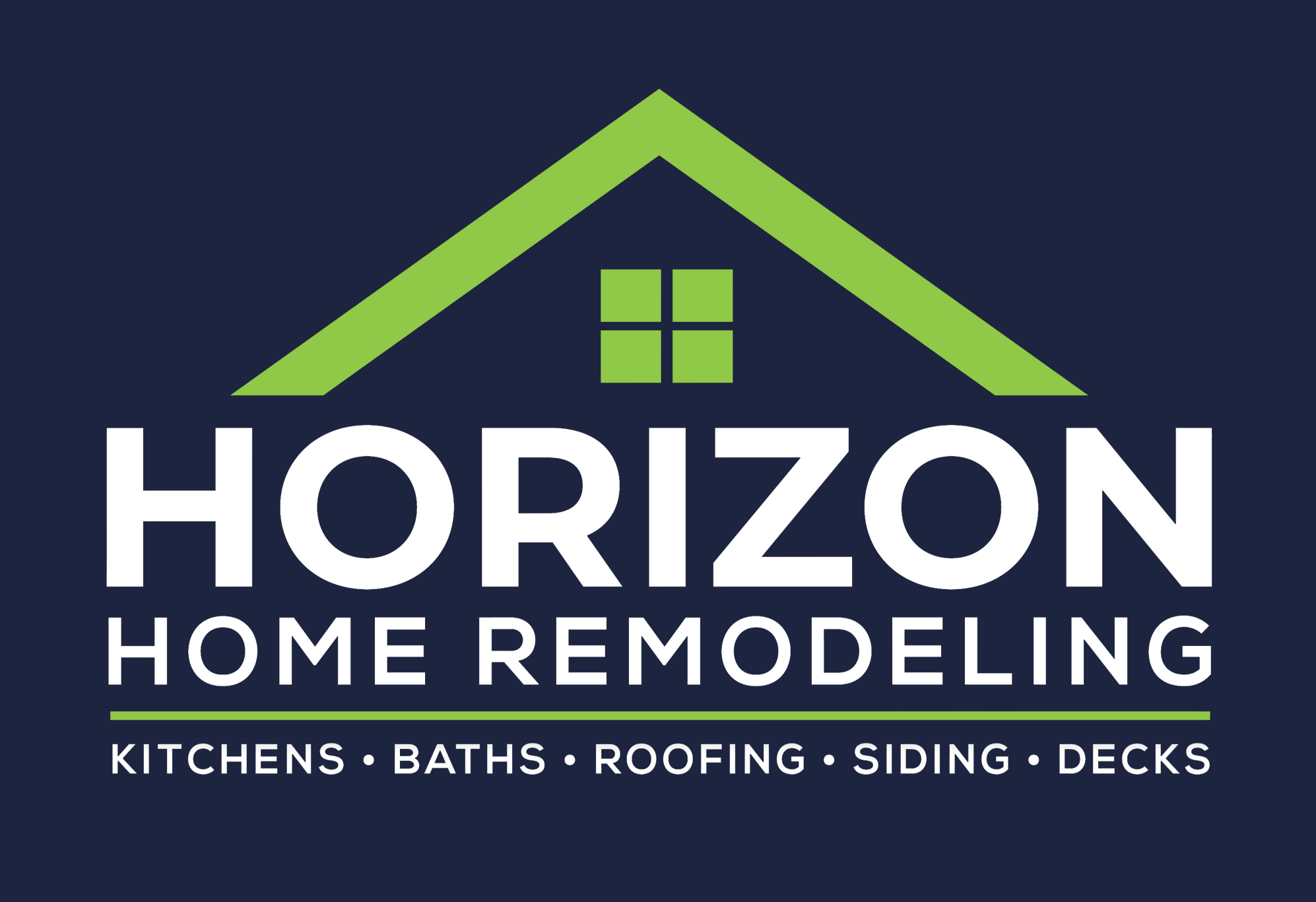Home is where the heart is, but over time, even the coziest spaces can feel outdated, cramped, or uninviting. A whole-home remodel can rejuvenate your living space and significantly enhance your lifestyle. But how do you know when it’s time for such a significant investment? In this article, we’ll explore ten signs to help you determine if it’s time for a whole-home remodel.
Understanding the Need for Transformation
Remodeling isn’t merely about aesthetics; it can also improve functionality, increase property value, and enhance your overall living experience. Let’s delve into the signs that indicate you may be ready for a whole-home transformation.
1. Outdated Design and Style
One of the most obvious signs that it’s time for a remodel is an outdated design. Trends change, and what was stylish a decade ago may now feel stale and uninspired.
- Obsolete Fixtures: Outdated lighting, faucets, and appliances can date a home.
- Incompatible Color Schemes: Colors that were once trendy may now evoke feelings of discomfort.
- Furniture Layout Issues: If your furniture no longer fits or flows well, it may be time to rethink the space.
Statistics show that homes with modern aesthetics have a higher market value. A report by the National Association of Realtors (NAR) indicates that kitchen and bathroom remodels yield the highest return on investment. So, updating outdated features not only enhances comfort but also boosts your investment.
2. Growing or Changing Family Needs
Your home should adapt as your family evolves. Changes such as having children, welcoming elderly relatives, or shifting home-office needs can all create the necessity for space reconfiguration.
- New Family Members: More people often mean more space requirements.
- Home Office Space: The rise of remote work may necessitate a dedicated, functional office area.
- Accessibility Needs: Aging family members may require features that promote mobility.
According to the Pew Research Center, about 1-in-5 adults live in multi-generational households, making functional space essential.
3. Lack of Space
If you find yourself tripping over each other or feeling cramped, it could be a sign to consider remodeling for more functional space.
- Overstuffed Rooms: Items piled high in every room indicate you’re running out of space.
- Non-Functional Areas: Spaces intended for a purpose, like a spare room, that are now serving as storage need a better plan.
- Lack of Storage: Insufficient storage options can lead to clutter, making rooms feel even smaller.
Remodeling can create new spaces, such as adding extra rooms or transforming attics and basements into useful areas.
4. Significant Wear and Tear
Your home should feel welcoming and safe. If you notice significant wear and tear, it’s a clear sign that a remodel is overdue.
- Peeling Paint or Wallpaper: This not only looks unattractive but can be a sign of moisture problems.
- Worn-Out Floors: Visible scratches, stains, and wear can make your home feel dated.
- Faulty Systems: Issues with plumbing, wiring, or HVAC can compromise safety and comfort.
On average, most homes experience some form of wear and tear every 10-15 years. By addressing these issues promptly, you avoid larger problems down the line.
5. Inefficient Energy Use
Energy efficiency is not just an eco-friendly notion; it’s also financially savvy. If your utility bills are consistently high, it could signal the need for remodeling.
- Old Windows and Doors: These can leak air, increasing heating and cooling costs.
- Outdated Appliances: Older appliances typically consume more energy than their modern counterparts.
- Poor Insulation: Lack of insulation can make it hard to maintain comfortable temperatures.
Research by the U.S. Department of Energy suggests you can reduce energy costs by up to 30% with effective home renovations focused on energy efficiency.
6. Low Property Value
Whether you plan to sell soon or simply want to maintain your home’s value, low property value can be an impetus for a remodel.
- Depreciation Due to Aesthetics: Homes that look worn are less appealing to buyers.
- Outdated Layout: Open floor plans are more desirable than closed rooms.
- Lack of Modern Amenities: Homebuyers often seek homes with contemporary features and fixtures.
Data from real estate experts show that homes with recent renovations sell for approximately 10-20% more than comparable homes without updates.
7. Changing Lifestyle Demands
Lifestyles change over time, and so should your home. If your current space doesn’t reflect your way of life, it’s time for a remodel.
- Hobbies and Interests: Whether it’s a home gym, art studio, or music room, new interests often require additional space.
- Main Level Living: As lifestyles shift toward convenience, single-level living is becoming more popular.
- Outdoor Living Needs: With increased importance placed on outdoor spaces, an outdoor kitchen or entertainment area may be necessary.
Contemporary trends emphasize the integration of indoor and outdoor living spaces, reflecting a growing desire for versatility.
8. Difficulty Maintaining the Home
As homes age and families grow, maintenance can become a burdensome task. If you find keeping up with repairs overwhelming, a remodel could help alleviate this stress.
- Frequent Repairs: Continuous plumbing leaks, electrical issues, or roof problems might signal the need for more comprehensive changes.
- Inaccessible Areas: Maintenance-intensive features can become a headache as lifestyles shift.
- Changing Capabilities: Consider your physical capabilities as you age; ease of maintenance is essential.
In Canada, homeowners report saving an average of 20 hours annually by remodeling outdated or difficult-to-maintain features.
9. A Desire for Personalization
Your home should reflect your personality. If you feel like your space is too generic or doesn’t meet your style, it’s time to consider a remodel.
- Stagnant Decor: If your decor no longer brings you joy, it often feels like time for a change.
- Desire for Unique Spaces: Custom-designed spaces can transform the way you interact with your home.
- Implementing Personal Preferences: Creating a space that incorporates your tastes fosters a deeper emotional connection to your home.
Personalized spaces aren’t just about aesthetics; they can also improve your mental well-being.
10. Future-Proofing Your Home
Consider the long-term implications of your home as it pertains to family growth, aging, or future resale value. Future-proofing often requires a whole-home remodel.
- Adapting for Aging: Implementing features that enhance mobility and accessibility can prolong your ability to live comfortably at home.
- Market Trends: Staying updated on market demands ensures your home remains attractive to future buyers.
- Sustainability: Upgrading to more sustainable practices and materials can cater to environmentally conscious buyers.
According to the Joint Center for Housing Studies of Harvard University, nearly 60% of homeowners plan to make alterations that will allow them to “age in place.”
Conclusion
Understanding the signs that you’re ready for a whole-home remodel can empower you to make meaningful changes in your living space. From outdated designs and growing family needs to energy inefficiencies and personalization desires, these factors can all serve as catalysts for transformation.
Investing in a remodel not only enhances your quality of life but also increases property value and future-proofs your home. If you’ve identified any of these signs in your own living space, it may be time to consider embarking on an exciting renovation journey. Remember, your home should be a refuge that reflects your lifestyle and supports your happiness.



